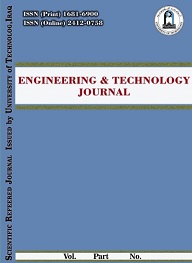Abstract
The release of carbon dioxide from the combustion of fossil fuels and chimney emissions has emerged as the primary catalyst for global warming. The significant increase in emissions is due to various factors, including power plants that rely on fossil fuels, different industrial processes, and many other factors, all of which are the main causes of environmental pollution. The need has arisen to invent an effective way to reduce carbon dioxide emissions into the atmosphere, where scientists have reviewed several methods, such as transitioning to renewable energy, improving energy generation stations, and capturing carbon dioxide emissions. However, the optimal and most realistic choice is carbon capture and storage to preserve a green environment. Currently, there are three methods: pre-combustion capture, post-combustion capture, and oxyfuel combustion. Post-combustion capture is the most common system; among its various methods, absorption is considered one of the most common processes for gas capture. Absorption involves contact between a gas-liquid mixture to remove one of the gas components by dissolving it in a suitable liquid. The purpose of this review is to clarify the techniques of CO2 capture with a focus on the absorption process using the absorbent material (NaOH), as well as to identify other types of absorbent materials used in absorption processes and the effect of reactor structure on absorption performance in addition to the impact of reaction parameters on absorption efficiency
